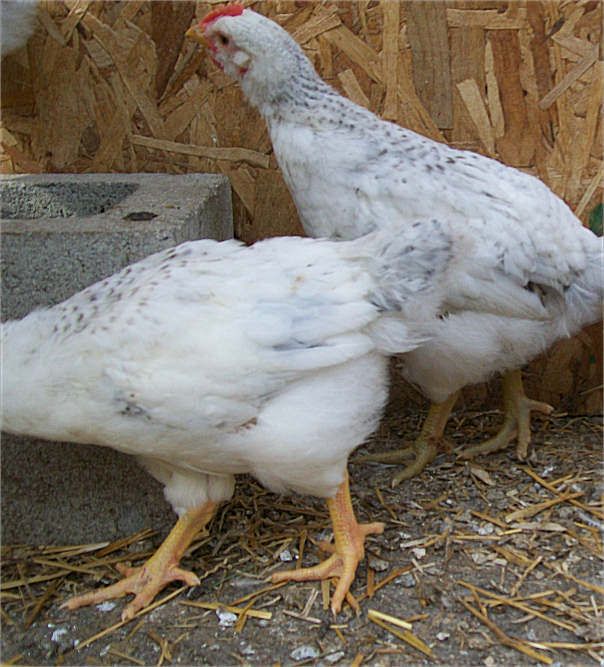Quote:
Walt,
After reading some of our post between each other. I think I need to clarify a few things. I hope you do not think our "debates" are adversarial. That is not my intention, and forums are a poor conveyor of intended spirit of what is said. Written words do not express intentions nor emotions, as would a face to face verbal conversion.
It's not that I don't agree with you, I've read many of your posts and much of your conclusions I felt are spot on. I think in Kathy's case with her birds, I very much agree with you on it being feed and/or environmental.
These birds started me down the road to learning about the very same thing you love to do.. and now myself as well. Bitten by the chicken bug. With the years of experience you have, when you state something, I'm most certainly going to give it full weight of what's said. I learn all I can from many different places and advice from many different people, including yourself.
I hope that conveys what is intended, the way it is intended.
Bob


